Ansai Waist Drum
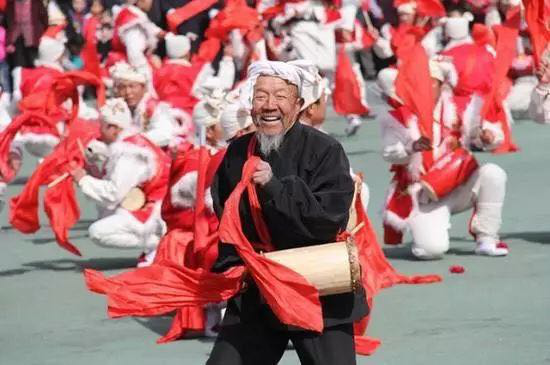
Ansai Waist Drum Dancing also called Beating Waist Drum is performed by several or one thousand people at the same time. Its boundless vigor and exquisite performance are so intoxicating that it is called No.1 Drum Dancing in the World. In 1996 Ansai County was named Hometown of Waist Drum Dancing in China by the Ministry of Culture of the People’s Republic of China; on May 20, 2006 Ansai Waist Drum Dancing was listed in the first batch of National Intangible Cultural Heritages by the State Council of the People’s Republic of China; and on October 1, 2009 Ansai Waist Drum Dancing took part in the Parade Performance in Tian’anmen Square for the 60th Anniversary of China’s National Day.
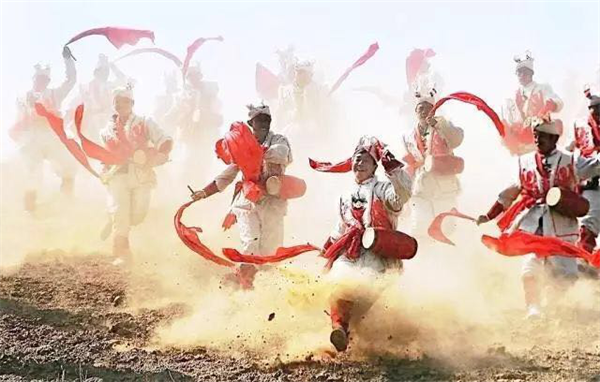
Ansai Waist Drum Dancing is a very unique large folk dance form with the history of over 2,000 years. Ansai Waist Drum Dancing with unique charm like hurricane roaring over the loessland, demonstrates simple and bold character of peasants on the Loess Plateau in Northwest China, spread unique artistic personality. It shows its mien throughout China and is world famous.
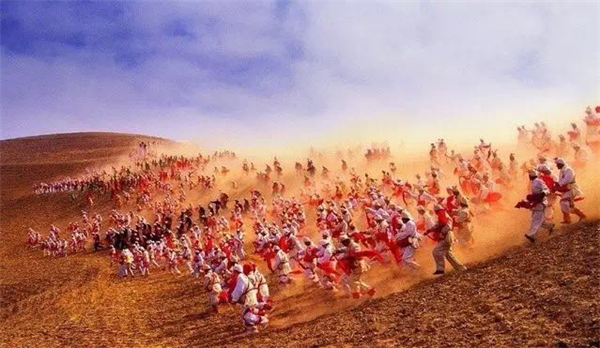
Ansai, located in northern Yan’an, Shaanxi Province, has broad land, ravines and gullies. Yanhe River runs across Ansai which belongs to typical landform of Loess Plateau. Historically Ansai once called Throat of Shangjun Prefecture, Key of the North Gate, is a place of military importance and one of the frontier strongholds to withstand invasion from other nationalities.
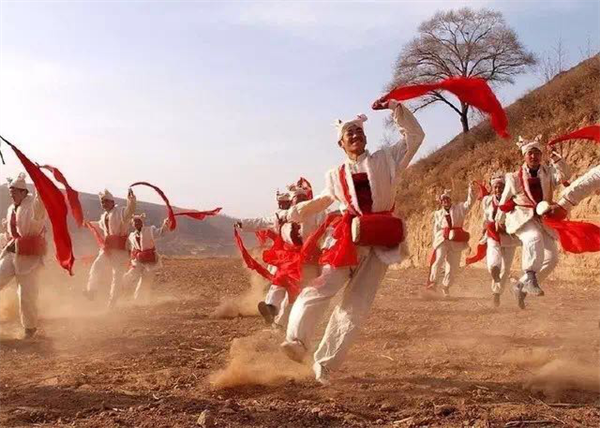
According to local legend, soldiers and generals considered waist drum dancing inevitable equipment like sword, spear, bow and arrow in the Qin Dynasty and the Han Dynasty. In case of sudden attack by the enemy, they beat drum to alarm and deliver message; when two troops fought, they beat drum to encourage soldiers; in case of a victory, soldiers beat drum to celebrate.

As time goes by, waist drum dancing gradually converts from military use to a folk dancing for local people to beg the gods, pray for good harvest, celebrate the Spring Festival, as makes waist drum dancing more popular but vigorous and heroic posture of soldiers in the Qin Dynasty still remains as the style of drumbeat and performance.
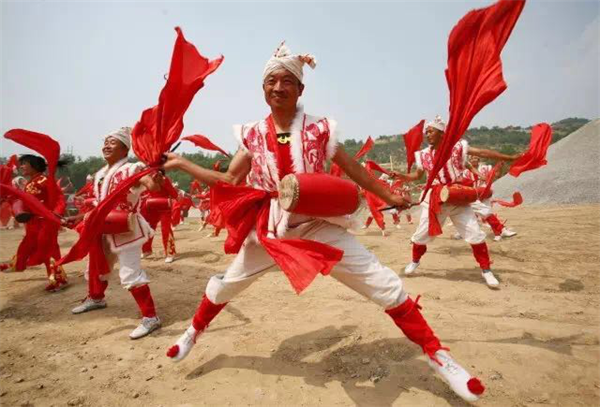
During its development, Ansai Waist Drum Dancing fusing with Dance, martial arts, gymnastics, percussion music, band music and folk songs, enriches its content and forms, making it of ornamental value and entertainment value. Ansai Waist Drum Dancing is divided into soft-swing dancing and martial arts dancing. Soft-swing dancing is dominated by twist and pays more attention to twist and less attention to beat while martial arts dancing is dominated by beat and pays more attention to beat and less attention to twist.
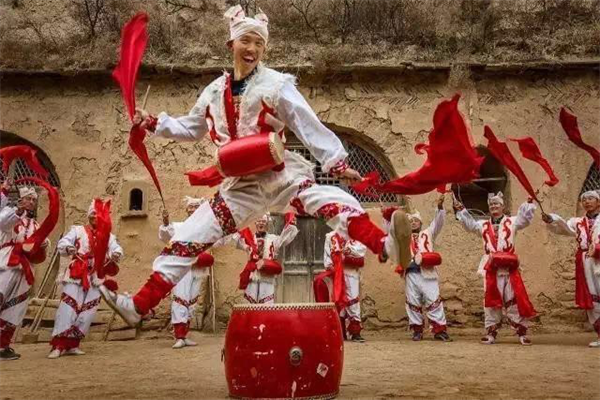
Ansai Waist Drum Dancing starts quickly and ends quickly, changes quickly. It is natural, bold, cheerful and fluent. It combines hardness with softness and can bend and stretch freely. Heroic and straightforward motion change and vigorous, jazzy and forceful dancing posture fully represent straightforward, honest, brave and fierce personality of people in Northern Shaanxi, which is part of the Yellow River Culture and has national style and regional feature.
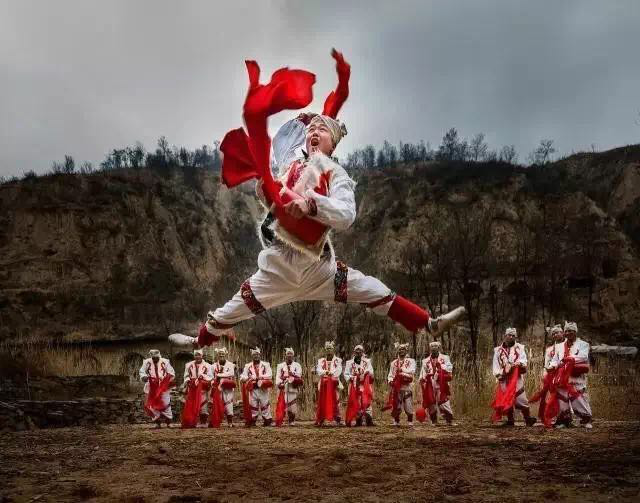
The performance of Ansai Waist Drum Dancing is not limited by performance site and the number of performers. It can be performed on a road, in a square and on a stage. It can be performed through singles, pair exercise or group exercise by dozens of or even thousands of people. The performer of singles jumps and rotates, like a dragonfly on the water, like a spring swallow with mud in its mouth, a running fiery horse or a forceful tiger. In group exercise, performers can change into plenty of wonderful patterns, for example, a mustang or a rabbit running across the field.


